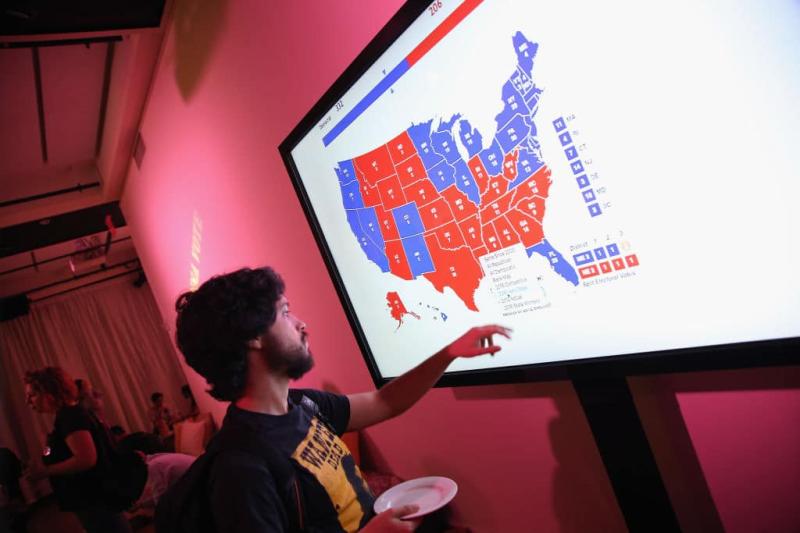Liberals Resurrect Myth That Blue States Subsidize Red States | Dan Bongino



by Matt PalumboPosted: April 23, 2020 
As state and local budgets are strained resulting from the coronavirus pandemic, many state leaders are calling for a bailout from the federal government, which Mitch McConnell has made clear the Senate has no interest in giving them.
And many Republicans have made it clear just how unfair such bailouts would be. After all, why should the taxpayers in states with the best fiscal condition (all of which are red states, by the way) have to subsidize bailouts for those who've racked up hundreds of billions in debt, such as New York and California?
Countering those concerns, some leftists have resurrected the myth that it's actually red states that are "welfare queens." While this represents a pivot from the original argument (which is over states in better fiscal condition subsidizing those in worse), it is relevant, as it would imply that perhaps the reason red states are in better fiscal condition is because the federal government has been giving them an assist.
And it would be false.
In my 2019 book Debunk This!, I analyzed a similar argument from two angles; that Republicans themselves were more likely to be moochers, and that red states as a whole are. To quote directly from the book:
It is first important to remember that states are not people. It's entirely possible for the following facts to be true simultaneously; that red states receive more in federal welfare, but Republicans themselves don't. A Maxwell Poll on the political affiliation of those in public assistance would indicate as much:

Similarly, an NPR study of the long-term unemployed found that 72 percent favor Democrats, who are all likely to be receiving benefits.
The only exceptions would be Medicare and Social Security, which are often included in the calculations of federal money going to red states (as opposed to just including traditional welfare programs). And indeed, this would skew the stats when it comes to federal dollars coming to red states. Recipients of those programs are disproportionately Republican, but this is a program 100% of people will eventually be eligible for, and it's one received after paying into it over a lifetime, so it feels misleading at best to include, regardless of what you think about the programs.
But that's just welfare. People aside, what about the claim that red states as a whole receive more from the government? While it is true that red states tend to have a larger percentage of their budgets subsidized by the federal government than blue states—but only because their budgets are relatively smaller. As The Federalist's Kyle Sammin notes:
Against a national average of 32.62% [of a state's budget] being federally subsidized, the blue states received 30.80%. Purple states were almost exactly at the national level with 32.92% coming from Washington. Red state budgets averaged 35.75% federal money.
A problem with this metric is that although federal funds make up a larger percentage of red states' state budgets, the budgets in those states are generally lower overall than those of the free-spending blue states . If, instead of comparing federal funds to state budgets, we look at how much the federal government spends in intergovernmental grants per resident of a state, the results are turned on their heads.
In other words, Sammin points out that because red state budgets tend to be smaller, it would make more sense to look at intergovernmental grants (payments from the federal government to state governments) on a per-capita basis, not as a percentage of state budgets.
Against a national average of $1,935 in intergovernmental spending per American, red states receive just $1,879. Blue states get considerably more, at $2,124 per resident. Purple states see the least of their money returned to them per capita, at just $1,770.
| States | Population | InterGov. | InterGov. Per Capita |
| Total Red State | 96,086,631 | $180,551,551,000 | $1,879 |
| Total Purple State | 77,676,459 | $137,532,631,000 | $1,771 |
| Total Blue State | 134,982,448 | $286,776,111,000 | $2,125 |
| Grand Total | 312,471,695 | $604,860,293,000 | $1,936 |
Previous Unintended Consequences Emerge From Coronavirus Relief Bill Next WHO Director Was Formally "Foreign Minister" for Tier III Terrorist Organization
